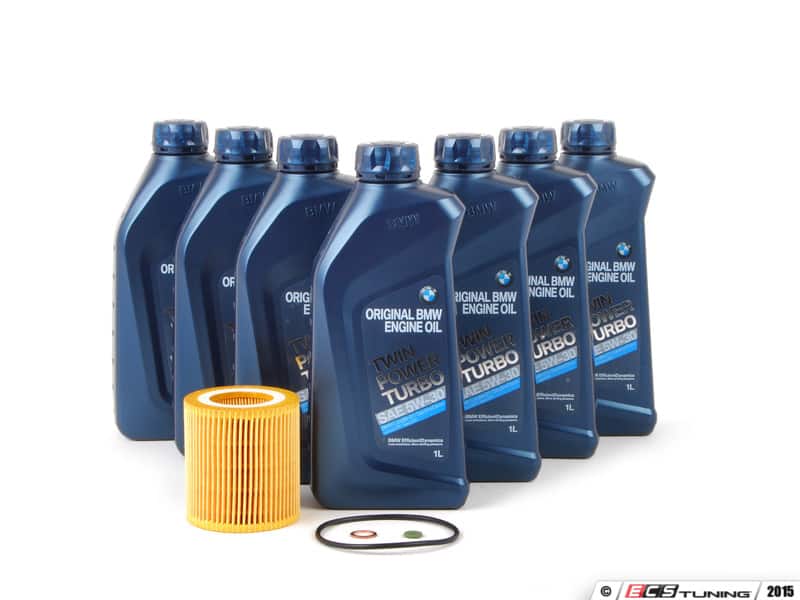
The topic of oil is very complex and can go into many different topics such as viscosity, conventional, synthetic, blends, additives…the list goes on. We are going to keep this post simple and only talk about the naming convention of oils and what they mean as many people do not understand the basics. To learn the basics of fuel octane ratings, click the link HERE.
What does the W in oil ratings such as 10W-40 stand for?
The W stands for “Winter” not weight. This W with a number before it refers to the cold weather viscosity of the oil. This first number represents the oil’s resistance to flow at 0 deg F. The higher the number the more viscous (thick) your oil will be. On the contrary, the lower the number the number the less viscous the oil will be at lower temperatures.
What does the second number stand for in the oil naming convention?
The number following the W designation is the viscosity of the oil at 212 deg F. Again, the higher the number the more viscous the oil is. The lower the number the less viscous the oil is.
What is viscosity?
Viscosity is a measure of how much resistance a fluid has to flow at a designated temperature. The two temperatures viscosity is measured with motor oil is 0 deg F and 212 deg F.
When would you want to change oil viscosities?
Higher mileage vehicles have larger gaps between moving parts due to excessive wear. If using too thin of oil these large gaps can be poorly lubricated, thus a thicker weight oil would be ideal.
How is viscosity measured?
Oil is heated to a specific temperature and then flowed through a calibrated size hole. The length of time it takes for a select amount of oil to flow out through the hole will determine a viscosity number. Thinner oils will flow through quickly (think water) as opposed to a thicker oil which will take longer (think syrup).
Why are different viscosity ratings important?
Your engine needs thin oil on cold startups to allow the parts to be lubricated. Too thick of oil on cold starts would create excessive wear between the moving parts. Once the vehicle is at a normal operating temperature a thicker oil property is needed to allow oil to stick to the moving parts. Too thin of oil would run off the parts too quickly and create wear.
Oil changes viscosity with temperature changes. Oil flows quicker at higher temperatures and slower at lower temperatures. This is why it is important to change your oil with a warm engine (not hot or cold). Too hot and you could burn yourself, too cold the oil is too thick where the old oil will not all flow out of the pan.
Which weight oil should you use?
Check your owners manual. The older 80s and 90s BMWs display different oil viscosities for different climates per the owner's manual. Colder climates will require thinner oil and hotter climates will require thicker oil.
Where can I learn more BMW fun facts?
Learn more BMW fun facts by clicking HERE



